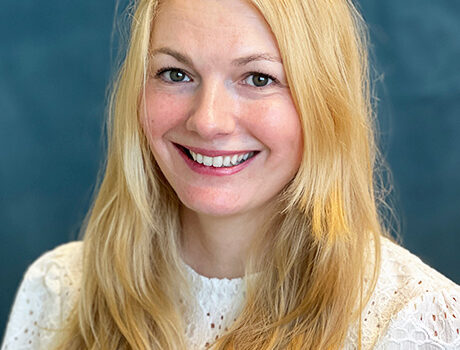
Torleif Weydahl
Torleif Weydahl is a senior scientist in the Department of Urban Environment and Industry and has worked at NILU since 2017. He holds a degree in mechanical engineering specializing in energy and process technology and has a doctorate from the University of Trondheim (NTNU) in modeling of turbulent mixing and reactions.
At NILU, Torleif primarily works on air quality (AQ) assessments related to requirements within Norwegian regulation and in emission permits for Norwegian municipalities and industrial companies. He conducts emission and dispersion calculations for several source sectors, including analyses and the preparation of reports and documentation. He has developed AQ assessment and action plans for several Norwegian municipalities and has led the development of NERVE, an emission model for road traffic.
Torleif contributes to the European Environment Agency's (EEA) topic centers, focusing on reporting emissions from the industrial sector in EU and EEA member countries. He is also an experienced project manager.
Before starting at NILU, Torleif gained experience in carbon capture and storage research from SINTEF in Trondheim and in consultancy related to fire and safety at Lloyd's Register.





















